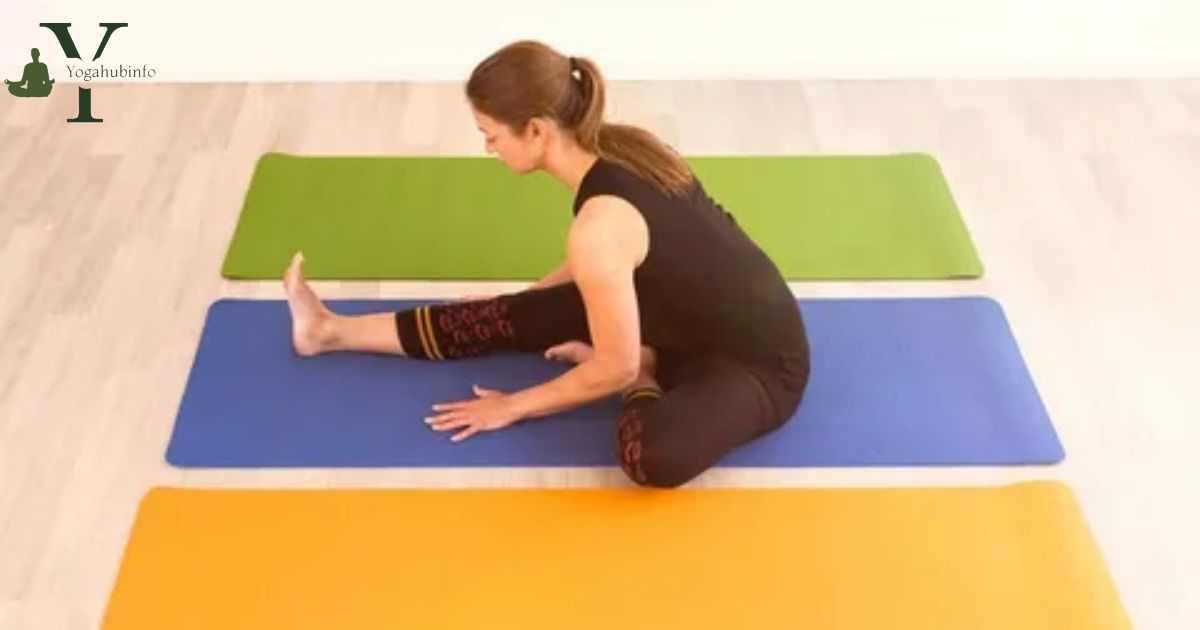Answer:The ideal thickness for a yoga mat is typically around 5mm to 6mm, providing a balance of comfort and stability during practice. However, personal preference and specific needs may influence the choice of thickness.
The thickness of a yoga mat refers to its padding or cushioning. Thicker mats, typically around 6mm or more, provide more support and comfort during yoga practice. Thicker mats are suitable for those who prefer extra cushioning for joints and pressure points. It’s essential to find a thickness that suits your personal comfort and balance needs.
Step onto your yoga mat with confidence. Uncover the mystery of ideal thickness in our guide, How Thick Should My Yoga Mat Be? Explore comfort and support as we unveil the secrets. Enhance your practice with valuable insights for the perfect mat thickness. Let’s embark on a journey to elevate your yoga experience – because every pose deserves the right foundation.
When selecting a yoga mat, it’s crucial to find the right thickness for your needs. Most mats are 1/8 inch thick, offering a good mix of comfort and stability. If you want extra cushioning for your joints, a 1/4 inch mat may be preferable. Thicker mats, around 1/2 inch, are great for gentler yoga styles like restorative practices.
What is the Best Thickness for a Yoga Mat?
| Thickness (inches) | Recommended for | Pros | Cons |
| 1/16″ – 1/8″ | Travel or on-the-go mats | Lightweight, easy to carry | Limited cushioning |
| 1/8″ – 1/4″ | Vinyasa, Hatha, Iyengar Yoga | Good balance of support and comfort | May be less durable |
| 1/4″ – 3/8″ | Restorative, Yin Yoga | Extra cushioning for joint comfort | Heavier and bulkier |
| 1/2″ and above | Pilates, Kundalini, Prenatal Yoga | Maximum support and joint protection | Bulky and challenging for balance |
A mat that’s too thin may hurt your joints, while one that’s too thick might affect your balance. Generally, a standard thickness of 1/4 inch (6mm) is recommended for most practitioners.
Thicker mats, around 1/2 inch (12mm), can provide extra cushioning, making them ideal for individuals with joint issues or those who prefer a softer surface. However, keep in mind that thicker mats may be less stable in standing poses. Consider your personal comfort and the nature of your practice when deciding on the thickness that suits you best.
The best thickness for a yoga mat depends on your preferences and needs. Beginners may find a medium thickness like 1/4 inch to be a good starting point. Experiment with different thickness options to discover what feels right for you. Whether it’s a thin, portable mat or a thicker one for added support, the key is to find the balance that enhances your yoga experience.
The Thickness of Your Yoga Mat
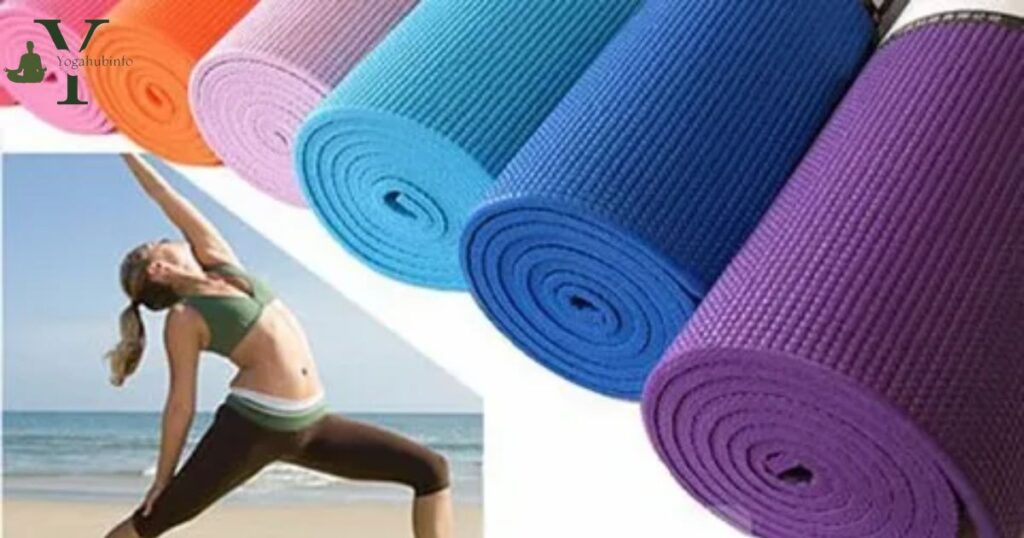
The right yoga mat thickness is essential for a comfortable practice. A thin mat provides a firm connection with the floor, enhancing stability during poses. However, if you prefer extra cushioning for your joints, opt for a thicker mat to support your body during more extended sessions.
The thickness of your yoga mat also influences your balance and alignment. A thicker mat can help absorb impact, making it suitable for beginners or those with sensitive joints. On the other hand, a thinner mat offers a closer connection to the ground, promoting better balance and proprioception, especially in challenging standing poses.
Consider your personal preferences and the type of yoga you practice when choosing mat thickness. For gentle practices like Hatha or Yin, a thicker mat might be more comfortable. Meanwhile, practitioners of Vinyasa or Ashtanga might prefer a thinner mat for better stability and grip during dynamic sequences. Ultimately, finding the right thickness enhances your overall yoga experience.
What are the Benefits of a Yoga Mat with Extra Thickness?
A yoga mat with extra thickness brings several benefits to your yoga practice. The additional padding provides enhanced comfort and support, making your yoga sessions more enjoyable. Whether you’re a beginner or an experienced yogi, having a thicker mat can significantly impact your overall experience.
- Enhanced Comfort
The extra thickness in a yoga mat cushions your joints and provides a soft surface for your body during various poses. This added comfort is particularly beneficial for individuals with sensitive knees, elbows, or wrists. The plush surface reduces discomfort and allows you to focus on your practice, promoting a more relaxed and soothing yoga experience.
- Stability and Versatility
A thicker yoga mat also offers improved stability, especially on hard surfaces. This added stability is advantageous for balancing poses, ensuring you feel secure and confident in your movements. Additionally, the extra thickness makes the mat versatile for various forms of exercise beyond yoga, such as pilates or floor exercises, expanding its utility and value for overall fitness.
Can a Yoga Mat be too Thick?
A thick yoga mat can offer extra cushioning for comfort during exercises. However, it may affect your balance and stability, especially in standing poses. Consider the type of yoga you practice; for gentler styles, a thinner mat might be preferred. It’s essential to find a balance between thickness and support that suits your individual needs.
A thicker yoga mat may provide better joint protection, it can make certain poses more challenging due to a higher center of gravity. It’s crucial to assess your personal preferences and physical requirements. Experiment with different mat thicknesses to discover what feels most comfortable for your practice. Ultimately, the ideal thickness varies for each individual and the type of yoga they engage in regularly.
What if a Yoga Mat is too Thin?
A thin yoga mat may not provide enough cushioning during exercises, particularly for poses that involve kneeling or lying down. This inadequacy in padding can lead to discomfort and strain on your joints, affecting the overall quality of your yoga experience. This discomfort is especially noticeable in sensitive areas like your knees and spine. Additionally, a thin yoga mat may not offer sufficient support when practicing on hard surfaces, such as a firm or uneven floor.
If you engage in yoga twice a day, it becomes crucial to prioritize a mat that ensures comfort and proper support for your joints. Inadequate cushioning can result in increased pressure on specific body parts, making it challenging to maintain proper form and concentration during your yoga sessions. To optimize your well-being during frequent yoga practice, consider choosing a thicker mat that enhances comfort and provides the necessary support for your joints. This adjustment can significantly contribute to a more enjoyable and fulfilling yoga experience, especially when incorporating the practice twice a day.
How Thick Should Your Mat Be?
Selecting the right mat thickness is crucial for a comfy workout experience. A thicker mat, about 6mm to 8mm, adds extra cushioning, especially beneficial for yoga and Pilates. It makes those stretches and poses easier on your joints.
If you’re into exercises focusing on balance and stability, a thinner mat, around 3mm to 5mm, might suit you better. It lets you feel the ground, enhancing control during workouts. Your choice depends on the exercises you enjoy.
Opt for a thicker mat for cushioning during activities like yoga, while a thinner one is perfect for maintaining a strong connection to the floor in balance and stability workouts. Find the right mat thickness by considering your preferences and workout routine.
Is the Material of Your Yoga Mat Important?
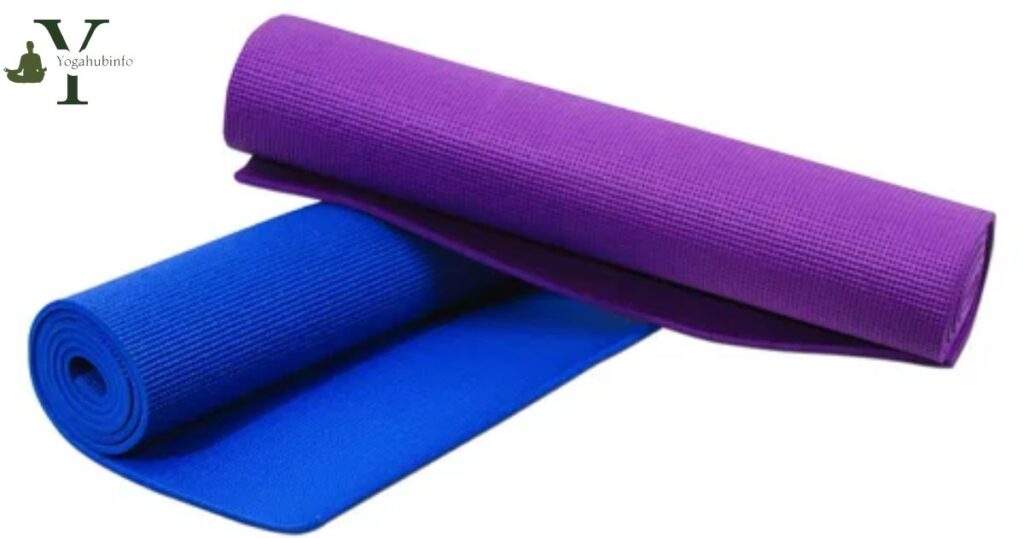
The choice of your yoga mat plays a crucial role in enhancing your practice, and understanding the significance of its material is key. Mats made from natural rubber offer exceptional grip, making them well-suited for a variety of poses. Alternatively, PVC mats are known for their durability and easy maintenance, though they may be perceived as less eco-friendly.
When selecting a yoga mat material, it’s essential to consider your preferences and values. If sustainability is a priority, eco-friendly options such as TPE or cork are excellent choices. These materials are biodegradable and often produced using environmentally conscious methods, aligning your yoga practice with a commitment to a healthier planet.
Whether you prioritize grip, durability, or eco-friendliness, being informed about your yoga mat’s material ensures a more enjoyable and mindful practice. Remember, Yoga Is Best For Me, and choosing the right mat material is a step toward optimizing your overall yoga experience.
How We Engineered a Yoga Mat with the Perfect Amount of Thickness?
A perfect yoga mat thickness demanded meticulous effort. Our research focused on understanding yogis’ needs to engineer a mat striking the right balance between comfort and support. Through innovative design and materials, we crafted a mat that ensures an optimal thickness for practitioners of all levels.
The quest for ideal thickness led us to extensive material testing. We aimed to find materials that enhance the mat’s overall feel. The result is a yoga mat with excellent shock absorption, reducing joint strain while providing a stable foundation. Our commitment to excellence shines through in a mat that exceeds the expectations of yoga enthusiasts.
In our pursuit of perfection, we’ve created a yoga mat that showcases our dedication. Its carefully calibrated thickness offers unparalleled comfort and stability during workouts. This achievement is a testament to our precision, ensuring our yoga mat enhances the practice for enthusiasts around the globe.
So would 6mm yoga mats and thicker be more comfortable?
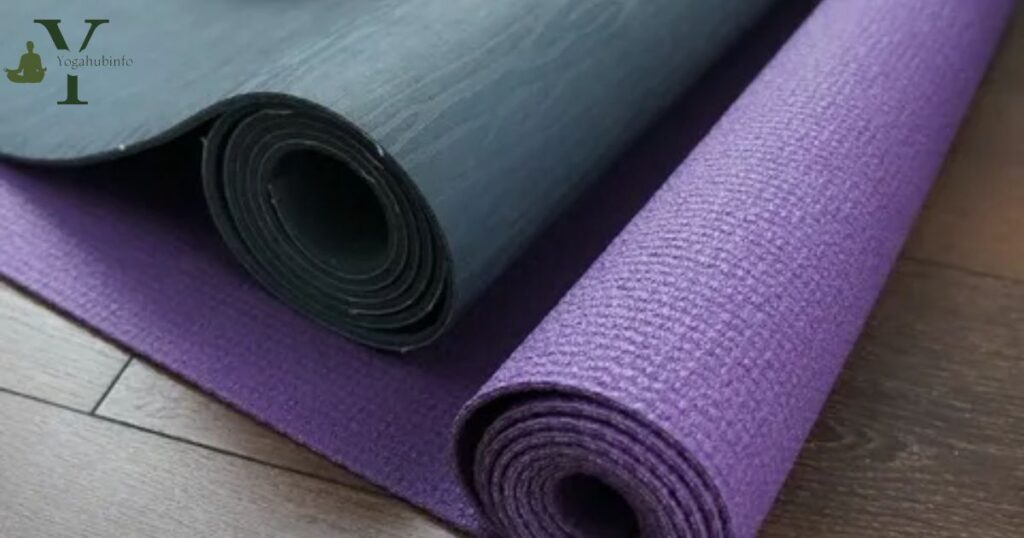
Ever wondered about making yoga more comfy? Maybe try a 6mm or thicker yoga mat. Extra thickness gives better cushioning for joints, making your yoga practice more comfortable.
Many folks like the 6mm yoga mat—it strikes a balance between comfort and stability. Great for various yoga styles. If you want more softness and support, consider going for an even thicker mat.
To sum up, your yoga mat’s thickness really matters for comfort. Whether it’s the standard 6mm or thicker, think about what feels best for you. Trying different options helps find the perfect mat for your practice.
Benefits of Our Mats
It seems like you’re referring to a specific product or type of mats, but without more information, I can provide general benefits that are often associated with various types of mats. If you provide more details about the specific mats you’re talking about, I can offer more tailored information. However, here are some common benefits associated with mats in general:
- Comfort
Mats often provide a cushioned surface, offering comfort for activities such as standing, exercising, or working for extended periods.
- Safety
Mats can enhance safety by providing slip resistance, especially in areas prone to moisture or spills. They can also offer a soft landing surface in case of falls.
- Protection
Mats can protect underlying surfaces from damage, such as scratches, dents, or stains. This is particularly relevant for flooring in high-traffic areas.
- Insulation
Mats can provide insulation against cold or heat, making them suitable for use in various environments, including gyms, workshops, or play areas.
- Customization
Mats come in various sizes, shapes, and colors, allowing for customization to fit specific needs or match the aesthetic of a space.
- Hygiene
Mats can be easy to clean and maintain, promoting a healthier and more hygienic environment. This is especially important in areas where cleanliness is a priority, such as kitchens or medical facilities.
- Sound Absorption
Some mats have sound-absorbing properties, reducing noise levels in busy or echo-prone environments.
- Ergonomics
Anti-fatigue mats, for example, are designed to reduce discomfort and fatigue associated with prolonged standing, making them suitable for workplaces or kitchens.
- Versatility
Mats can be used in a variety of settings, from residential spaces to commercial and industrial environments, due to their versatility and adaptability.
- Branding
In commercial settings, mats can be customized with logos or branding elements, serving both practical and promotional purposes.
It’s essential to consider the specific features and materials of the mats in question to fully understand their benefits in a given context.
The sweet spot: 4mm yoga mats
The 4mm yoga mats hit that sweet spot, giving you just enough cushioning and stability. They strike a perfect balance, making your yoga sessions more comfortable and enjoyable. Bid farewell to any discomfort and welcome a mat that supports your movements with the right amount of firmness.
Not too thick, not too thin – the 4mm mats find the perfect middle ground. They offer a stable surface for various poses, keeping you grounded without sacrificing flexibility. Easy to carry around, these mats become your convenient companion wherever you choose to practice. Whether you’re a beginner or a seasoned yogi, the 4mm yoga mat becomes a vital part of your routine, providing a comfortable space for mindful and relaxing moments.
Travel yoga mats – the super thin version for people with itchy feet
Para 1:Travel yoga mats are perfect for those with itchy feet, always ready for an adventure. These mats are super thin, making them lightweight and easy to carry. Whether you’re exploring a new city or hiking in nature, these mats provide a portable oasis for your yoga practice. Embrace the flexibility and freedom they offer on your journey.
Travel yoga mats fit seamlessly into your backpack or luggage. Their thin design doesn’t compromise on comfort, ensuring a soothing practice wherever you go. Say goodbye to bulky mats and hello to the perfect companion for wanderers who seek tranquility on the move. Elevate your yoga experience with these convenient and itch-free travel companions.
Consider the best thickness that will protect your joints
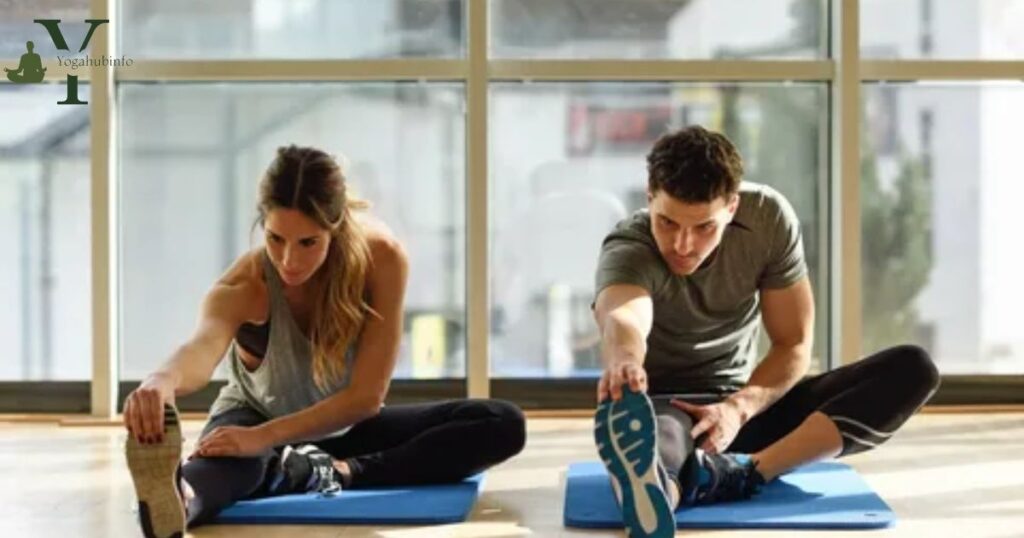
Selecting the proper thickness for safeguarding your joints is vital. If it’s too thin, you might face discomfort and potential injuries. On the other hand, excessive thickness may limit your movements.
Strike a balance that works for you by considering factors such as your body weight, workout intensity, and personal comfort. Optimal thickness ensures a secure and supportive exercise experience.
Take the time to explore and test different options. Trying out various thickness levels will help you find the ideal fit for protecting your joints effectively. Your joints will appreciate the careful thought you put into this decision.
So, what’s the optimal thickness then?
When it comes to the ideal thickness, it depends on the context. For a sandwich, many prefer a moderate thickness that allows for a satisfying bite without overwhelming the taste. On the other hand, when choosing a mattress, the optimal thickness varies based on personal comfort, with some preferring a plush feel and others opting for a firmer support.
In the world of technology, the optimal thickness for a smartphone or laptop may be influenced by design and portability considerations. A sleek and lightweight device often calls for a thinner profile. In essence, the optimal thickness is subjective and relies on the specific requirements of the item in question, catering to individual preferences and functionality.
Frequently Asked Questions
What thickness is suitable for a beginner in yoga?
A thickness between 1/8″ and 1/4″ is generally ideal for beginners. It provides a good balance of support and comfort without being too thin or too thick for foundational yoga poses.
Can a thicker yoga mat help with joint pain?
Yes, a thicker mat, around 1/4″ to 3/8″, can offer extra cushioning and support, making it beneficial for individuals with joint sensitivity or those practicing styles like Yin or Restorative Yoga that involve prolonged floor poses.
Are thinner yoga mats suitable for intense practices like hot yoga?
Thinner mats, around 1/16″ to 1/8″, are often preferred for hot yoga as they provide a closer connection to the floor, enhancing stability in dynamic poses, and are easier to transport to and from hot yoga studios.
What’s the impact of mat thickness on portability?
Thinner mats, such as travel mats with 1/16″ thickness, are lightweight and easy to carry, making them suitable for those who frequently practice on the go. Thicker mats, while offering more cushioning, can be bulkier and heavier, making them less convenient for travel.
Final Thoughts
The thickness of your yoga mat plays a crucial role in ensuring a comfortable and effective practice. Selecting the right thickness depends on personal preferences and the type of yoga you engage in. For those seeking extra cushioning and joint support, a thicker mat, typically around 6mm or more, may be ideal. This is especially beneficial for individuals with joint sensitivities or practicing on hard surfaces.
If stability and a closer connection to the ground are priorities, a thinner mat, around 3mm, may be suitable. The thin mat provides better stability for balancing poses and allows for a more grounded practice.
Finding the perfect thickness involves balancing comfort with practicality. Consider your specific needs, the type of yoga you practice, and any physical limitations you may have. By choosing the right thickness, you enhance your yoga experience, ensuring a harmonious blend of comfort and stability throughout your practice.

Marcus Evergreen, with 8 years of yoga expertise, is the author behind yogahubinfo.com, sharing insights and wisdom in holistic well-being.
